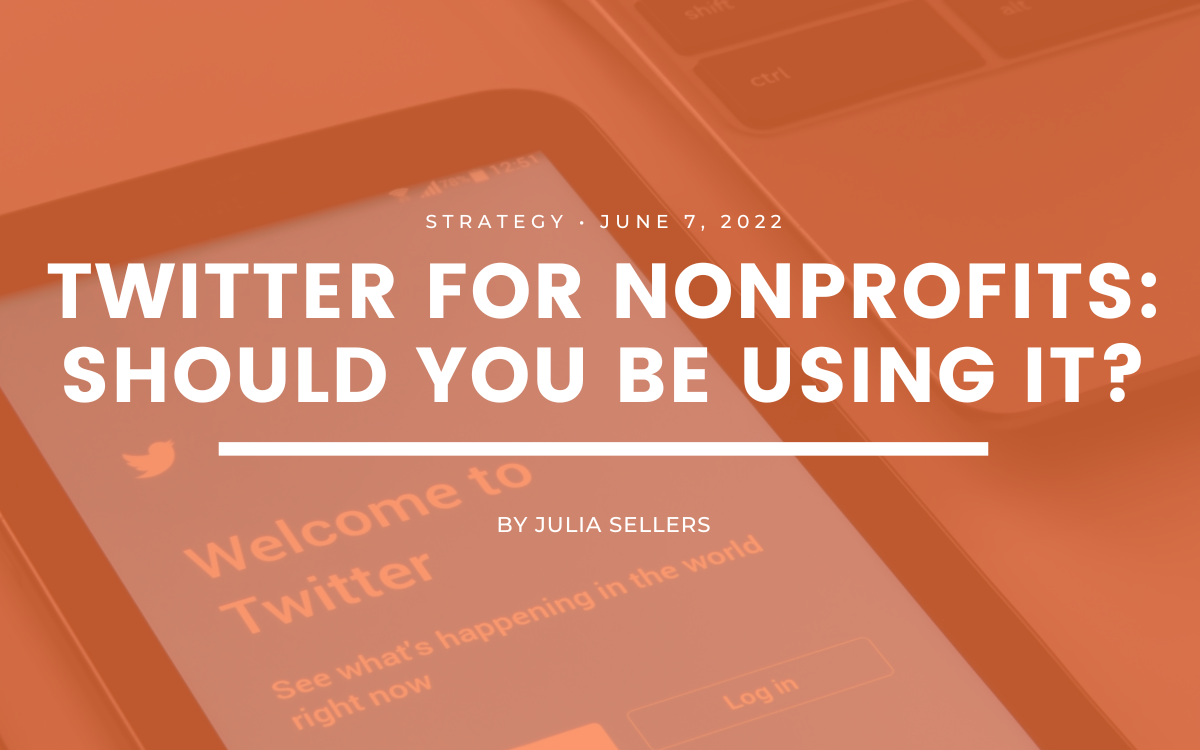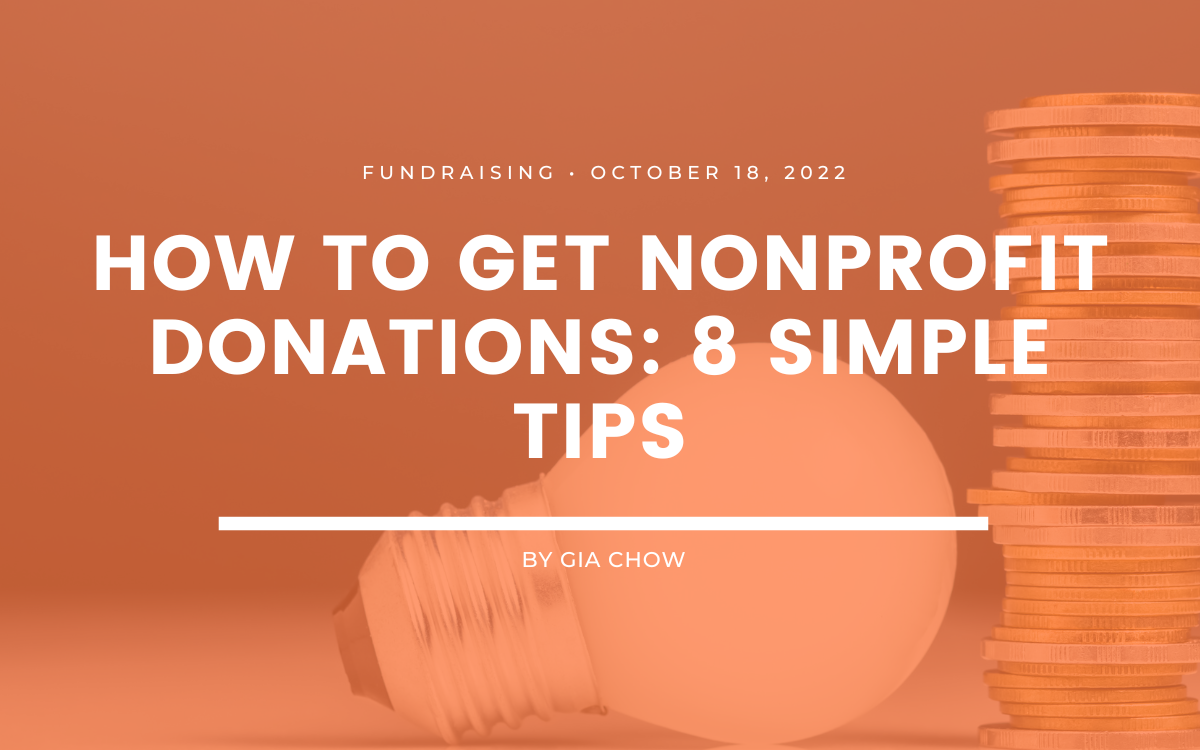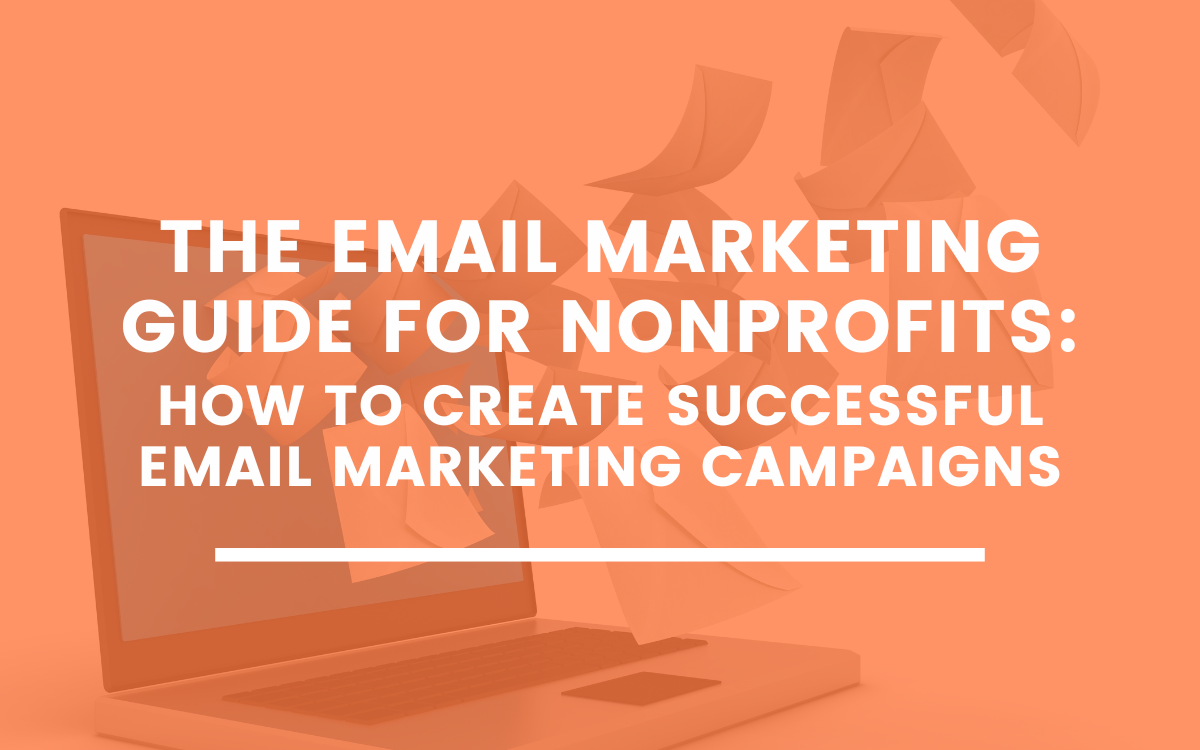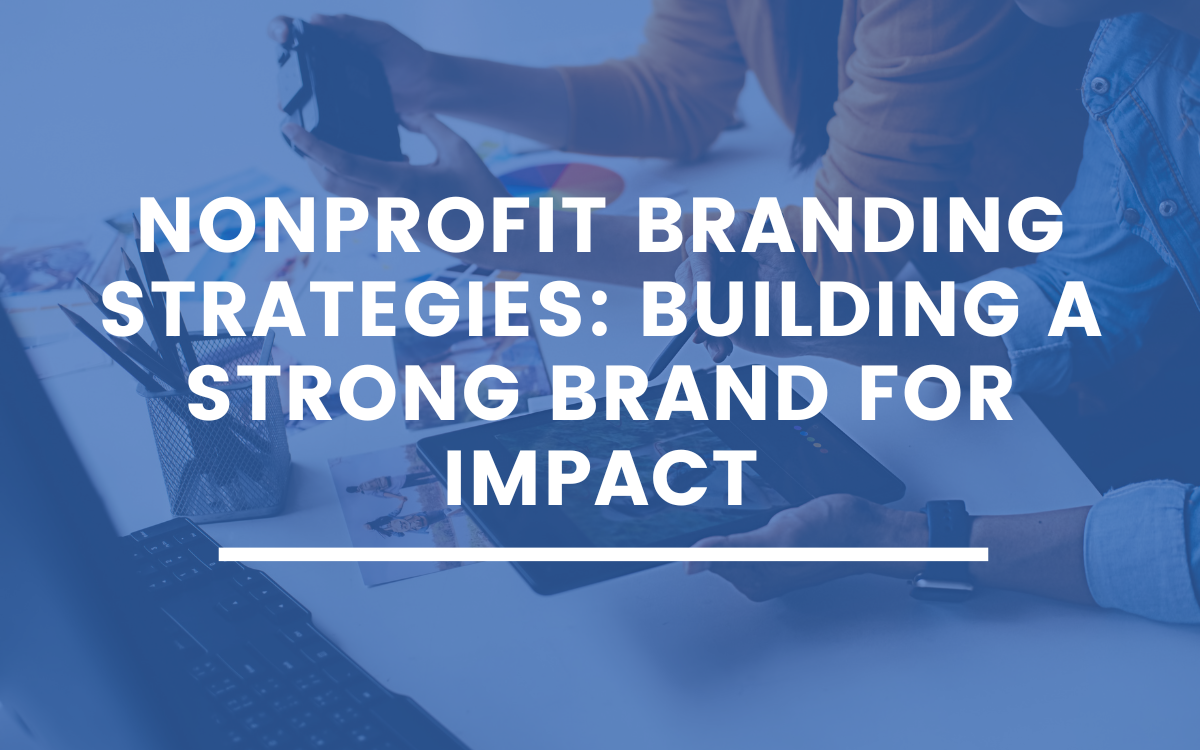Twitter For Nonprofits: Should Your Organization Be Using It?
6 min to read ✭ Learn about the function of Twitter for nonprofits, why organizations use it and if implementing a Twitter strategy would work for you!
Twitter for Nonprofits: Should Your Organization Be On It?
While fundraising and donor acquisition are essential to keeping a nonprofit operating, building community and awareness for your cause is pertinent.
Facebook and Instagram offer direct donate buttons to conduct significant crowdfunding around a cause. Twitter for nonprofits is a great tool to engage audiences when timely events happen.
Pew Research calls Twitter the “modern public square.” Twitter users want quick, easy-to-read content about real-time events and interests. Should your organization add Twitter for nonprofits to its social media strategy?
More than 50 percent of Twitter users go to the app for news, and 32 percent of users share content with everyone. Twitter users tend to be younger, more highly educated, and have higher incomes than the average person, as of April 2019.
Before creating an account, do your organization’s goals align with Twitter for nonprofit users in your key demographics? Below are some tools and best practices to aid your organization in deciding if your nonprofit belongs on Twitter.
Using Twitter to Support Your Nonprofits Goals
Twitter for nonprofits requires a lot of time and consistent engagement to build a core audience. Therefore, your team should first consider if your staff has the resources to interact regularly on the account. Twitter recommends posting 2 to 10 times per day.
Second, your nonprofit should consider if your goal is to build brand awareness around a topic or issue. A Twitter account allows the organization to promote education and advocacy around your cause. It also establishes the organization as a subject-matter authority while tying it to real-time events. But, if your organization needs to focus on a fundraising campaign or culling local volunteers, Twitter may not be the space where you should concentrate on social strategy.
Twitter for Nonprofits Best Practices
If your nonprofit is equipped to start using Twitter, then here are some best practices to get you started and ensure it’s as high performing as possible.
Optimize your profile
When creating a Twitter for nonprofits account, establish your brand assets before beginning engagement with users. Everyone wants to make a great first impression!
Include:
- High-resolution profile photo and banner image
- A bio that is clear about your organization’s mission
- A link to your website
Next, give your account authority by
- Upgrading to a professional account.
- Categorizing your account as “Non-governmental and nonprofit organization.”
Below is a good example of UN Human Rights Twitter page:
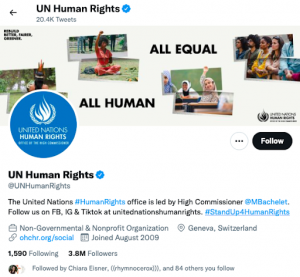
Build And Interact With Your Audience
Twitter is not a passive platform. Twitter posts have a lifespan of about 15 minutes, so more engagement means your tweets will rank higher in the algorithm. Pew Research reports that the most active accounts get 70 times as many likes and six times as many accounts followed. Consistent engagement will also give your staff more data to tweak your social strategy.
Here are various ways to interact with your audience:
- Likes
- Mentions
- Replies
- Retweets
When it comes to likes, mentions, replies, and retweets, reciprocity is the name of the game. Build engagement by letting users know your account is alive and active. You want to add value to your followers.
If an account mentions your organization, reply with a “thanks for including us.” If a user posts a question in a tweet or direct message, make a timely response with links leading to educational resources from your organization.
Retweeting or sharing another account’s Twitter content shows that your nonprofit tunes into trending topics. Retweets are a simple way to recognize donors, sponsors, volunteers, activists, and partners. Retweeting thought leaders and media personalities can build awareness and networks for your brand without creating online noise. These continued interactions will build relationships that can outlast any social media platform’s lifetime.
Twitter chats are online conversations around a specific topic. In general, Twitter chats don’t perform as well as other engagements because a timeline can speed up depending on breaking news and trends. As a result, your chat could get lost in the shuffle. However, Twitter chats are a way to showcase event updates or discuss a trend where people want to feel heard. Giving space to listen to your audience through a Twitter chat isn’t something that would happen on other social media platforms.
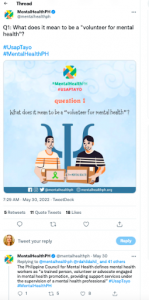
Use Hashtags
A #Hashtag is the hashtag symbol (#) before a keyword or phrase in a tweet. The hashtag is searchable on the platform. Hashtags go anywhere in a tweet and usually follow trending topics.
Twitter reports that tweets that include hashtags receive 100 percent more engagement! Twitter also now recommends not using more than two hashtags per tweet. Tweets that use more than two hashtags show an engagement drop of 17 percent. Tweets with too many hashtags look cluttered and unfocused. Hashtags used strategically along with current events can add value to global conversations.
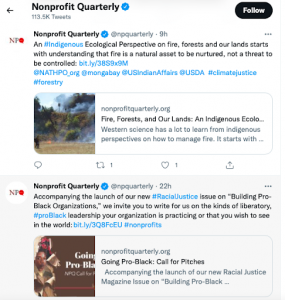
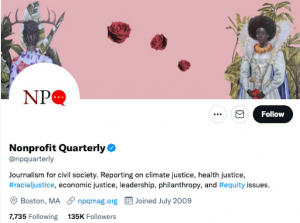
Use Twitter Polls
Your organization can get instant data using Twitter Polls. Creating a poll is simple. In your account timeline, click the Tweet button in the left navigation bar; click on “Add Poll” icon.
Polls can run from five minutes to seven days and can be about anything you want. For example, if you’re an organization that works with animals, you can do a simple poll about followers’ favorite pets. On the other hand, suppose your organization deals with current event subject matter. In that case, a poll about perspectives could help your nonprofit learn what type of content to push as that event evolves.
A checkmark next to the choice validates votes. Anyone can see the results when the poll ends. Be sure to make sure the poll question is clear and concise.
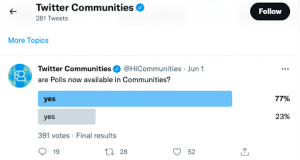
Use Powerful Imagery
Often an image-rich image rich in color that tells a story can capture your nonprofit’s mission, vision, and goals. Tweets with image links have engagement rates two times higher than those without one. Before posting an image, here are some best practices:
- Make sure images are clear, in focus, and don’t blur when sized for the platform. Twitter images should be in JPEG, GIF, or PNG formats. For a 1:1 aspect ratio, 1200 x 1200 pixels is recommended. A 1.91:1 aspect ratio should be set to 1200 x 628 pixels.
- Templates will be a life saver! Don’t recreate file after file. Creating templates in programs like Canva will make sure images are on brand, sized correctly, and that any stock images on the platform are legal.
- Don’t post “grip and grin” photos. Unposed and natural images will have a more significant impact than an Executive Director shaking hands with a sponsor.
- Showcase your nonprofit’s impact! Images don’t have to be traditional photos. Images can include statistics, powerful quotes, and clear calls to action. Use bold, readable fonts and color combinations to make your pictures pop in the sea of tweets in a timeline. Choose images that encourage engagement.
- Use legal imagery! Pulling a photo from Google Images is usually not permitted. Platforms like Canva provide legal stock photos. Ensure your nonprofit has permission to use an image and give proper credit.
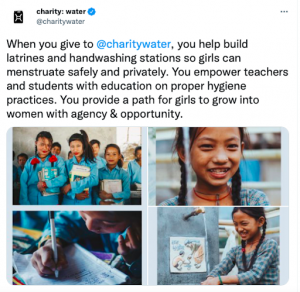
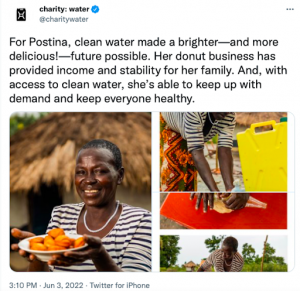
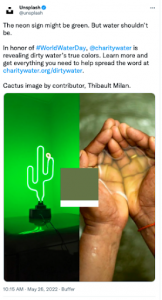
Use Twitter Spaces, Newsletters, and Communities
Twitter Spaces offers live audio conversations on the platform. Twitter’s algorithm prioritizes Twitter Spaces, so likely, having your thought leaders pop on to discuss trends or topics would bump to the top of user’s timelines. Setting up a regular Twitter Space conversation moderated by organization leaders is also a great way to discuss your cause without formality and pretenses.
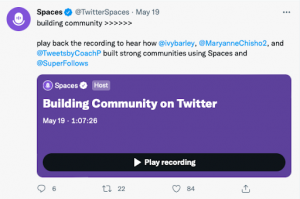
Twitter Newsletters launched in April 2021 and can be helpful to young nonprofits that haven’t spent years growing their email lists on another platform like MailChimp. Newsletters run through the third-party platform called Revue. Using Newsletters is less time-consuming and more cost-effective than using Twitter Ads to gain new subscribers.
Twitter Communities launched in Sept. 2021 and functions as groups within Twitter where public accounts can tweet about specific topics. Twitter Communities can take your in-person engagement strategies virtual. Organizational thought leaders can also share content that continues to drive the point that your organization has expert knowledge about your cause and those you serve.
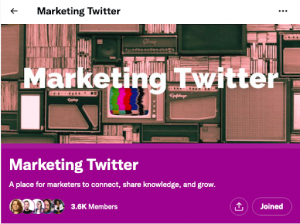
Track Engagement with Twitter Analytics
You can’t track a social media strategy’s SMART goals without data. The Twitter Activity Dashboard (TAD) shows metrics for every tweet. Analytics will help your nonprofit understand its followers and optimize a social media strategy. TAD shows how your audience responds to campaigns, videos, and more. Each month Twitter Analytics produces a report that showcases likes, retweets, mentions, and replies.
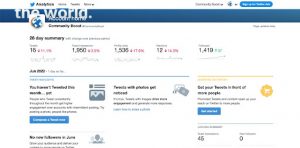
Try Out Twitter Ads
Organic reach on social media platforms has progressively gotten more difficult with the advent of advertising. Twitter Ads can boost Twitter for nonprofits during a specific campaign, help build awareness, and target users. Other social media platforms may have more users, but Twitter ads are one of the lowest costs per post across the board.
The cost per engagement averages $1.35. Twitter has rolled out new Twitter ad functions that offer better data tracking about the quality of the traffic and the conversion of website visitors into donors and leads. You don’t have to be an ads expert to hop into the game. Twitter offers Flight School, where they offer tutorials, including ones for ads.


